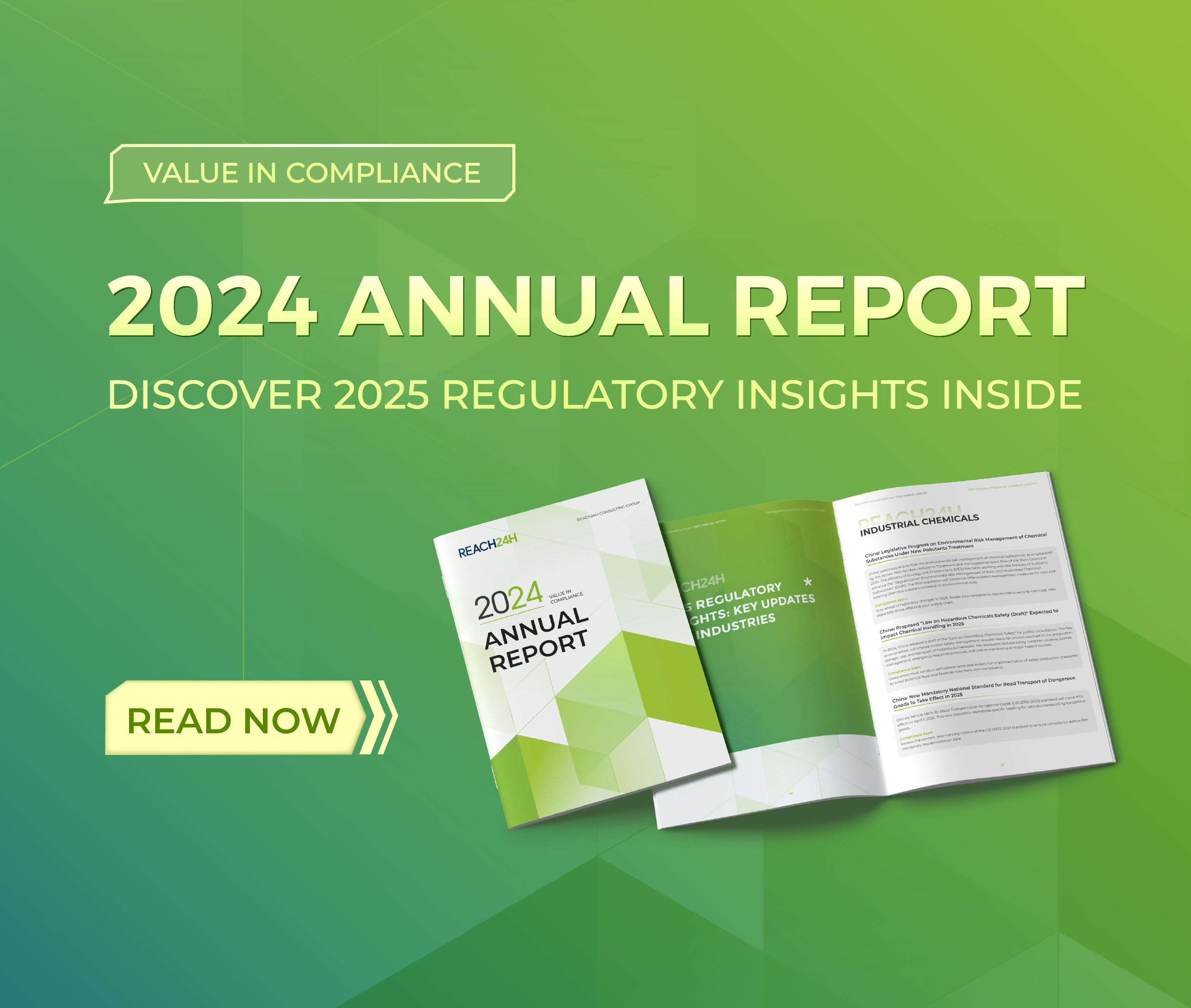FAQs on BE Study, Reference Listed Drug, and Quality & Therapeutic Equivalence Evaluation | China CDE
Notes: For frequently asked questions concerning technical issues, China Center for Drug Evaluation (CDE) releases answers on its website. This article is the translation of part of the Q&As, with slight modifications made according to the updated regulations. In case of any discrepancies, CDE’s official announcements shall prevail. If you have enquiries about drug applications, please contact BaiPharm for professional help.
Q&A Topics
1. The Submission and Acceptance of Drug Registration Applications;
2. Clinical Trials
3. Bioequivalence (BE) Study
4. Selection of Reference Listed Drugs
5. Quality and Therapeutic Equivalence Evaluation of Generic Drugs
6. R&D Requirements for Biological Products
7. Associated Review and Approval of APIs, Excipients, and Packaging Materials
8. Administration and Requirements for Variations
9. Others
This article covers topics 3, 4, and 5. For Q&As on the first two topics, please refer to the FAQs on Drug Registration Applications & Clinical Trials | China CDE. Stay tuned to us and we will publish the other Q&As soon.

Topic 3: Bioequivalence (BE) Study
Q1: What research documents should be included in the registration application for a drug proposed for biowaiver (waiver of the bioequivalence study)?
A1: The applicant should prove the drug’s BCS (biopharmaceutics classification system) class according to the Guidelines on the Waiver of Bioequivalence Studies in Humans.
- For BCS Class I drugs, the applicant should conduct solubility, dissolution, and intestinal permeability researches.
- For BCS Class III drugs, in addition to the aforementioned researches, the applicant should ensure the proposed drug and the reference drug contain the same types of ingredients, and the ingredients in the proposed drug should be quantitatively similar to those in the reference drug.
The applicant should submit the application according to the drug’s characteristics and documentation requirements.
Q2: For a drug without a clear BCS class, how should the applicant apply for waiver of the BE study?
A2: We advise that permeability data should be based on in vivo human data, and the relevant data in the originator drug’s medication package insert, if any, can be used a reference. If the human data is insufficient, then in vitro permeability data can serve as supporting data.
Q3: Drug A has two strengths with proportional compositions, which means the ratio between the amount of excipient to the amount of active ingredient(s) is the same for both strengths. Because the stronger strength causes relatively stronger adverse reactions, FDA waives the BE study for the higher strength and permits the lower strength to be used in the BE study.
To apply for NMPA’s marketing authorization of drug A’s generic version, can the applicant conduct the BE study only on the lower strength version instead of the higher strength version?
A3: We advise the applicant to follow the Technical Guidelines on Technical Guidelines on Generic Drug Bioequivalence Studies in Humans with Pharmacokinetic Endpoints, which allows the use of non-highest strength in BE studies if the highest strength has safety risks. Also, the test drug should meet the following conditions:
1. The test product has a linear pharmacokinetic profile;
2. For the test product and the reference product, their highest strengths and non-highest strengths have similar ingredient ratios*.
*Similar ingredient ratio refers to the following situations:
1) The ratios between all the active ingredient(s) and the inactive ingredient(s) are similar for different strengths;
2) For highly active drugs, where active ingredient(s) take a low percentage (e.g., the active ingredient(s) account for<5% in the tablet core or the capsule contents);
i. The weights of different strengths are the same, with a deviation rate lower than 10%;
ii. All the strengths use the same type of inactive ingredient(s);
iii. The differences between strengths lie in the different amounts of active ingredient(s) and the different amounts of one or more inactive ingredients.
3. According to the dissolution test, the test product has a similar dissolution profile to that of the reference product’s highest strength.
Q4: Is unfed bioequivalence study an indispensable part of the bioequivalence study?
A4: According to Technical Guidelines on Generic Drug Bioequivalence Studies in Humans with Pharmacokinetic Endpoints, the applicant can skip the fed bioequivalence study if the reference drug’s medical package insert specifies that the drug can only be taken in an unfed state (1 hour before meal or 2 hours after meal).
For immediate-release oral drugs, it is recommended that the applicant should conduct both unfed and fed bioequivalence studies, unless the unfed one has severe safety risks.
If there is sufficient data proving the severe safety risks with the unfed dose, the applicant only needs to conduct the fed bioequivalence study.
Q5: Will the clinical trial approval document be invalidated if the approved drug’s manufacturing technique changes before the bioequivalence study?
A5: In general, the approval document remains effective if NMPA doesn’t give special requirements in the document.
Q6: Is it mandatory for the company to get GMP certificate before manufacturing the investigational drug samples for the bioequivalence study? Should the drug manufacturing license cover the investigational drugs?
A6: According to the current regulations and technical guidelines, investigational drug samples should be manufactured on the drug’s actual production line or in middle or larger scale GMP-compliant factories for trial production. The investigational drug’s production scale should be middle or larger, with the same manufacturing techniques used in mass production and the manufacturing process following the GMP.
Q7: Among the 289 drugs that were required to complete the quality and therapeutic equivalence evaluations before the end of 2018, 48 drugs were selected by the former China Food and Drug Administration (CFDA) to formulate the draft List of Drugs Whose Bioequivalence Studies in Humans Can Be Waived or Simplified. In the draft, CFDA mentioned that “bioequivalence studies can be waived if the applicant conducts pharmaceutical equivalence evaluations”. In this context,
1. If the applicant has decided to use the pharmaceutical equivalence evaluation, is it still mandatory to submit the high solubility data and high permeability data according to the Guidelines on Waiving Bioequivalence Studies in Humans?
2. If the applicant needs to submit the high permeability data, does it need to submit human pharmacokinetics research materials as well? Can the applicant use the pharmacokinetics data from the originator drug’s medical package insert?
3. Does the applicant need to submit the document which specifies how the excipient affects the absorption?
A7: The answers to the three questions are as follows.
1. For BCS Class I drugs applying for biowaivers, the applicant should submit the solubility and permeability data according to the Guidelines on Waiving Bioequivalence Studies in Humans.
2. Human pharmacokinetic study is the most direct and effective method for proving high permeability. Pharmacokinetics data in the originator drug’s medical package insert can support the permeability. If there is in vivo human pharmacokinetic data, whether sufficient or not, it should be submitted.
When in vivo human pharmacokinetic data is insufficient, in vitro permeability data, e.g., Caco-2 assay data, can also be the evidence for permeability. When necessary (e.g. there is no in vivo human pharmacokinetic data or any other data for proving high permeability), the applicant should submit extra literature to prove the permeability.
3. For BCS Class I drugs which apply for biowavers and are different in excipient type and amount from the reference drug, the applicant should submit data to prove the excipient’s effect on the absorption.
Q8: When designing the bioequivalence study for a highly variable drug, how can the applicant adjust the bioequivalence criteria appropriately according to the reference drug’s intra-subject variability?
A8: The applicant can design the study according to the reference-scaled average bioequivalence (RSABE) statistical method recommended by US FDA’s guidance. But before adopting the RSABE method, the applicant should analyze the reason for the drug’s high variability, and evaluate and demonstrate the applicability of the method in the BE study based on the existing researches and literature. In addition, the applicant should specify the statistical method in the clinical trial plan and the statistics plan.
Q9: What are the requirements for the stability study, which should be included in the documents for filing chemical drug’s bioequivalence study?
A9: According to the BE study filing regulations, the stability research data should cover at least three batches of self-made samples from the mid-or-above size trial production, including but not limited to samples from mid-to-larger-size trial production and samples produced for the BE study. The accelerated and long-term stability research on the samples should last for at least three months before the bioequivalence study with recorded experimental data, and continue during the study.
Q10: Can the applicant use the reference listed drugs / test drugs from different production batches for unfed and fed bioequivalence respectively in the same bioequivalence study?
A10: No, the reference listed drugs / test drugs to be used in the same bioequivalence study should come from the same batch.

Topic 4: Selection of Reference Listed Drugs
Q1: How should the injectable drug’s marketing authorization holder select a reference-listed drug (RLD) to conduct the quality and therapeutic equivalence evaluation?
A1: According to China NMPA’s Announcement on Conducting Quality and Therapeutic Equivalence Evaluations of Generic Versions of Injectable Chemical Drugs, the MAH should select RLD from the RLD Catalog issued by NMPA, conduct therapeutic equivalence researches, and apply for the equivalence evaluation.
Q2: Does the generic drug company need to buy a new RLD if the previously bought RLD’s manufacturer and MAH both changed?
A2: From the perspectives of drug lifecycle management and risk control, the applicant should decide whether to buy a new RLD based on the research result and the situation after the changes.
Q3: When developing a generic drug, what if the applicant cannot conduct the stability study starting from the production date because a period of time has passed when the applicant receives the RLD?
A3: According to former CFDA’s Application Documentation Requirements for Chemical Drugs Under the New Registration Classifications (Trial), the applicant should summarize the samples’ conditions in the stability study as well as the study’s conditions, indicators, and result, analyze the changing trend, and propose the drug’s storage conditions and expiration date. The applicant should also compare the generic drug with its originator version and the drug with the same nonproprietary name listed in the Chinese Pharmacopoeia (ChP). The generic drug should have no lower stability than the originator drug and ChP-listed drug.
Q4: It is mandatory to select the RLD same to the RLD recommended by NMPA (formerly CFDA)?
A4: The applicant does not have to choose RLDs from the RLD lists released by former CFDA. Instead, the applicant can choose the product considered to be equivalent to the RLD to perform as the reference drug according to NMPA’s Statement on the Published RLDs (hereafter referred to as the Statement).
If the equivalence is too difficult to be proved / is wrong according to the Statement, but there is enough evidence to support the equivalence, the applicant can submit an official document, including the chosen drug’s detailed information and relevant materials, to specify the difficulty to prove the equivalence and propose a solution to the Equivalence Evaluation Office, then the Office will discuss the matter with the applicant.
Q5: For a drug without recommended RLDs in the RLD Catalog, if the company filed for a proposed RLD to CDE, what will CDE do about the proposal?
A5: For drugs without recommended RLDs, CDE will regularly discuss the proposed RLDs with experts according to the RLD selection principles in the former CFDA’s Announcement on the Work Items about Quality and Therapeutic Equivalence Evaluations of Generic Drugs (No. 100 Announcement in 2017). Based on experts’ opinions and the review of new generic versions under the same nonproprietary name, CDE will publish the official RLD lists regularly.
Topic 5: Quality and Therapeutic Equivalence Evaluation
[Read more at ChemLinked]
Reference Links
- FAQs on Drug Registration Applications & Clinical Trials | China CDE
- 2021 China CDE Drug Evaluation Report is Out! Free Download Available
- China’s Quality and Therapeutic Equivalence Evaluations of Generic Drugs
Contact Us
With our experts across China, Japan, South Korea, the United States, and Europe, BaiPharm is fully qualified to engage in complex market entry projects of finished drugs, APIs, excipients, and packaging materials for most key markets.
If you need English translations of the guidelines or any other standards of APIs, excipients, and finished drug products in the Chinese Pharmacopoeia, or you have any questions about pharmaceutical regulatory compliance in China, please feel free to contact us.
Tel: +86 (0)571 8710 3829
Email: customer@reach24h.com
News Resource: ChemLinked

Market | Chemical | Food | Cosmetic | BaiPharm | Agrochemical
REACH24H Consulting Group launched ChemLinked in 2012 as a leading service provider of comprehensive regulatory information and compliance solutions, meeting the growing demand for clear and concise regulatory advice and market intelligence in Asia, especially China.
You can register for a membership to read the latest news limitlessly every day on ChemLinked.


